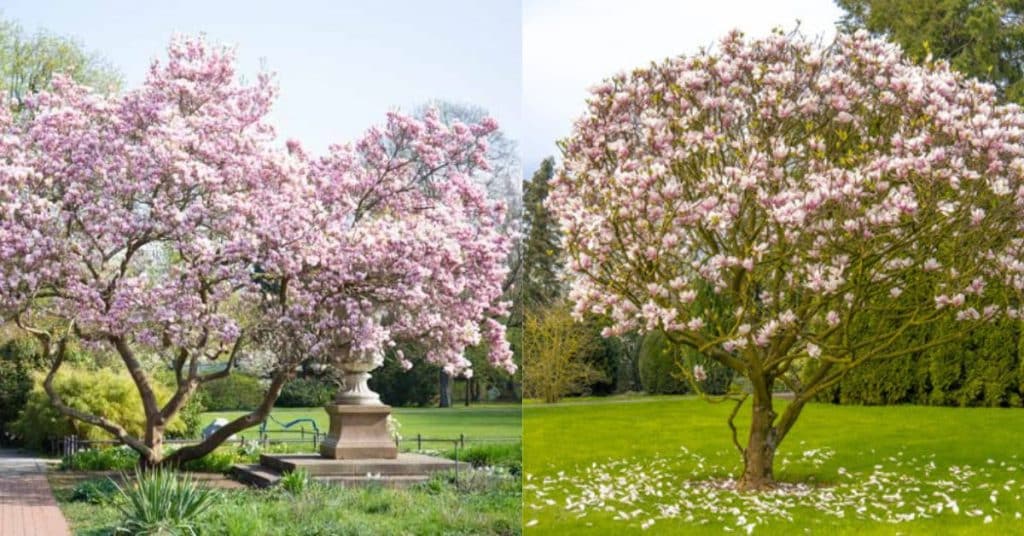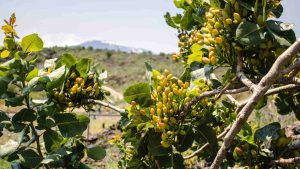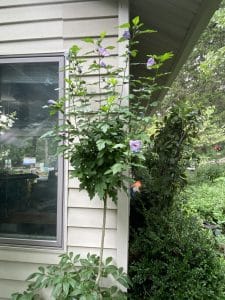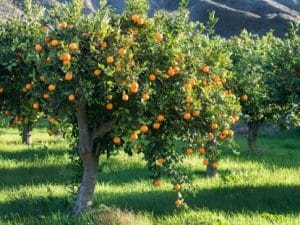Begin an instructive voyage into the enchanting world of magnolia trees with Magnolia Tree Removal as your reliable guide. In this detailed guide, we look at different types of magnolia trees, providing professional insights into their distinct traits, planting requirements, and maintenance suggestions. Whether you’re an experienced gardener or a beginner, our guide will help you understand the beauty and complexities of magnolia care. Join us as we delve into the magical world of magnolias, providing a guide on cultivating these magnificent trees that adorn landscapes with their timeless charm and stunning blooms.
Understanding the Magnolia Family
Explore the vast and lovely Magnolia family with Magnolia Tree Removal as your knowledgeable guide. Understanding this botanical lineage takes you through a plethora of various species, each with its own set of characteristics. The evergreen Magnolia Grandiflora, with glossy foliage and fragrant flowers, stands tall alongside the delicate Saucer Magnolia, known for its brilliant, cup-shaped blossoms. Magnolia Tree Removal reveals the magnolia family tapestry, guiding aficionados through the complexities of each type. From the majestic Cucumber Tree to the beautiful Star Magnolia, discover the variety that makes the Magnolia family a botanical treasure. Trust us to reveal the complexities and nuances of these majestic plants, deepening your understanding for the vast and enchanting world of magnolia.
Types of Magnolia Tree
Magnolia trees come in a wide range of kinds, each with its own distinct traits, making them an appealing addition to any landscape. Let’s look at some notable types of magnolia trees:
1. The Southern Magnolia (Magnolia grandiflora)
Known for its glossy evergreen foliage and big, fragrant white blooms.
It is ideal for hot areas and lends beauty to gardens.
2. Saucer Magnolia (Magnolia x soulangeana):
Known for its gorgeous cup-shaped flowers in pink, purple, or white.
A deciduous cultivar that produces bright spring blooms in landscapes.
3. Star Magnolia (Magnolia Stellata):
It is known for its star-shaped white blossoms and gentle smell.
It blooms early in the spring and is compact enough to fit in small gardens.
4. Cucumber Tree (Magnolia acuminata).
It has huge greenish-yellow flowers and is named after the cucumber-like fruit.
This deciduous magnolia thrives in a variety of climates.
5. Lily Magnolia (Magnolia liliiflora)
Tulip-shaped flowers in pink, purple, or red characterize this plant.
Compact and perfect for decorative applications in gardens.
6. Kobus Magnolia (Magnolia kobus).
Showcases fragrant, white flowers with a pink foundation.
Adaptable and cold-hardy, making it appropriate for a wide range of regions.
7. Magnolia (Magnolia ‘Jane’):
A hybrid magnolia with reddish-purple flowers in the shape of tulips.
It is known for its modest size, which makes it ideal for smaller places.
8. Yulan Magnolia (magnolia denudata):
It originates in China and has enormous, fragrant white flowers.
A deciduous magnolia having an extensive history in traditional Chinese culture.
9. Magnolia macrophylla:
It is known for its big leaves and fragrant creamy-white flowers.
It is native to the southeastern United States and offers a distinctive appeal to settings.
10. Magnolia tripetala (umbrella):
This plant is known for its umbrella-shaped leaves and creamy flowers. It thrives in dark wooded regions and offers a unique foliage show.
Each variety of magnolia tree adds to the attraction of gardens and outdoor spaces by providing a wide range of colours, forms, and fragrances.
Planting Magnolias: A Step-by-Step Guide
Begin the process of planting magnolias with Magnolia Tree Removal’s experienced advice, assuring a successful and thriving addition to your environment. Begin by choosing a good place, taking into account elements such as sunlight exposure and soil quality. Our step-by-step guide walks you through the critical process of soil preparation, guaranteeing optimal drainage and fertility. Learn how to plant magnolias at the proper depth and spacing to provide them with the best circumstances for developing a strong root system. Magnolia Tree Removal emphasizes the importance of post-planting watering and mulching for acclimation. Follow our precise instructions to create a thriving magnolia that will charm your outdoor space with elegance and timeless beauty.
Watering Wisdom for Magnolias
Magnolia Tree Removal can teach you how to properly water magnolias. Adequate and planned irrigation is critical to the health and vigour of your magnolia trees. Magnolias demand well-drained soil, and deep, infrequent watering is recommended to promote strong root growth. Understanding the moisture requirements of your particular magnolia species is critical, as overwatering can cause root problems. Magnolia Tree Removal recommends striking a balance that permits the soil to dry somewhat in between watering sessions. Mulching around the base can help retain moisture, reduce weeds, and insulate against temperature extremes.
Related Posts:
Magnolia Tree Removal: Landscaping Ideas
Magnolia Tree Removal’s innovative landscaping designs will transform your outside space into a magnolia oasis. Planting a Southern Magnolia as a centrepiece creates a compelling focal point, with glossy leaves and fragrant blossoms that add timeless beauty. Create gorgeous magnolia alleys or avenues with types such as the Star Magnolia, resulting in charming walkways filled with early spring blossoms. Consider interspersing Lily Magnolias for bright pops of colour and a bit of ornamental appeal. Magnolia Tree Removal encourages experimentation with unique layouts that combine different species to create a visually dynamic garden. Magnolias lend themselves to countless landscaping possibilities, whether framing entrances or highlighting corners, and our professional tips will help you create a compelling and gorgeous outdoor sanctuary using these majestic trees.
FAQs
How can I select the best sort of magnolia tree for my garden?
Choosing the proper magnolia is determined by criteria such as climate, available space, and desired attributes. Consider the Southern Magnolia for warmer areas and the Star Magnolia for smaller settings.
When is it best to grow magnolia trees?
The best time to plant magnolia trees is during their dormant season, which occurs in late autumn or early spring. This permits the tree to establish its roots prior to the growing season.
Can magnolias live in colder climates?
Yes, certain varieties, such as the Jane Magnolia and Kobus Magnolia, are cold-hardy and ideal for colder climes, providing beauty even in frigid conditions.
Do magnolia trees need specific attention?
Magnolia trees need well-drained soil, regular watering, and occasional fertilization. Care should be tailored to the individual and the local conditions.
How can I deal with pest problems on magnolia trees?
It is critical to conduct regular inspections and provide early intervention. Scale insects are examples of common pests. To combat pests, use pesticides designed specifically for magnolias.
Conclusion
Finally, as we complete this investigation of the vast world of magnolia trees, Magnolia Tree Removal confirms its dedication to guide you through the complex and rewarding journey of magnolia cultivation. From comprehending the various types of magnolia tree that grace our landscapes to providing helpful recommendations on planting, watering, and caring for these botanical treasures, our thorough guide will help you develop a healthy magnolia paradise. By discovering the secrets of each variety and applying unique landscaping ideas, you will embark on a transforming journey that not only improves your outdoor area but also builds a profound respect for the beauty and tenacity of magnolia trees. Trust Magnolia Tree Removal’s expertise to illuminate your path to a thriving magnolia-filled landscape.





